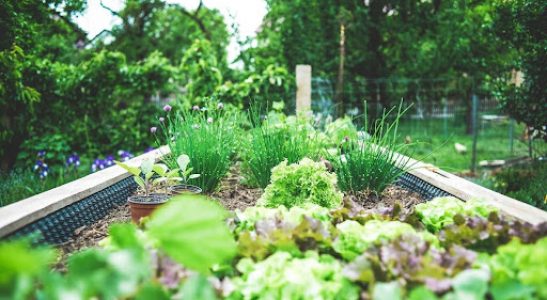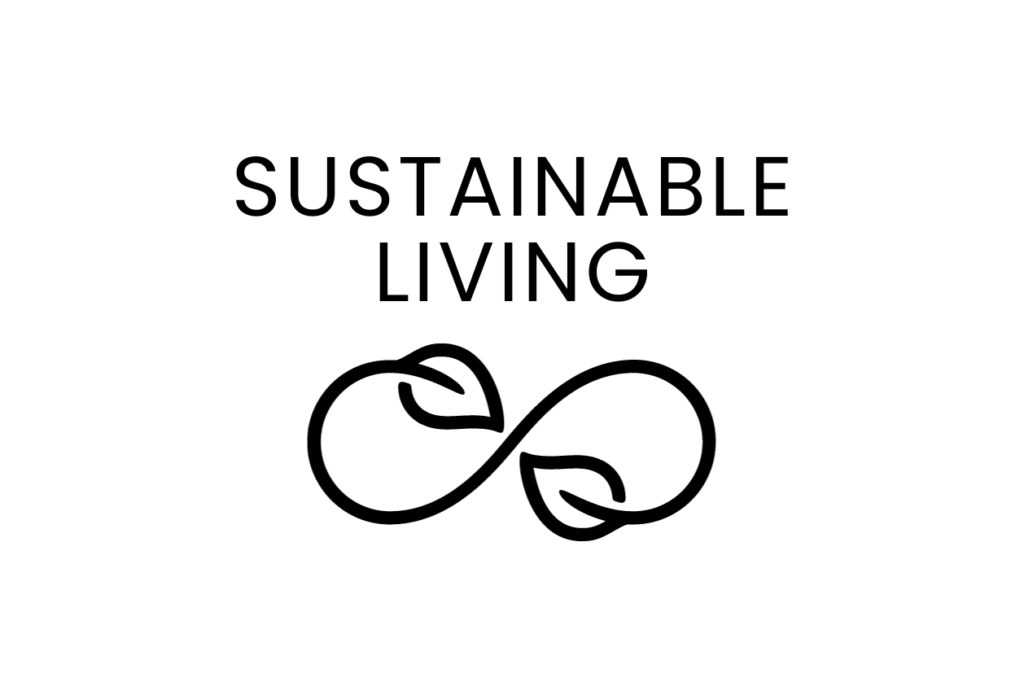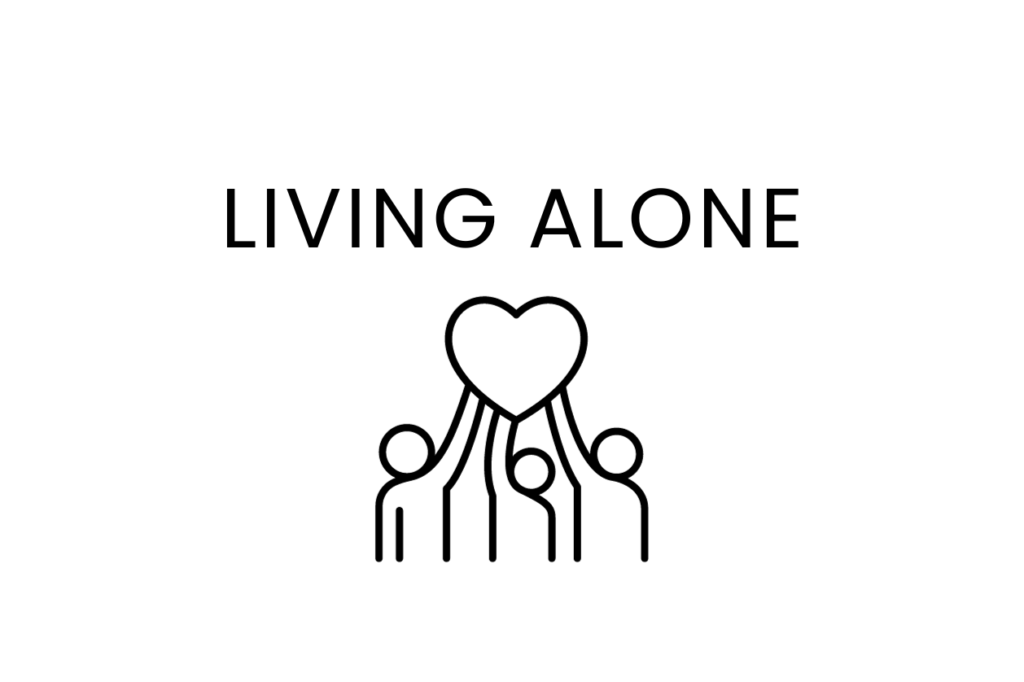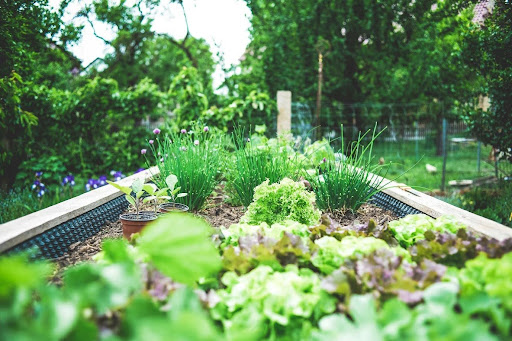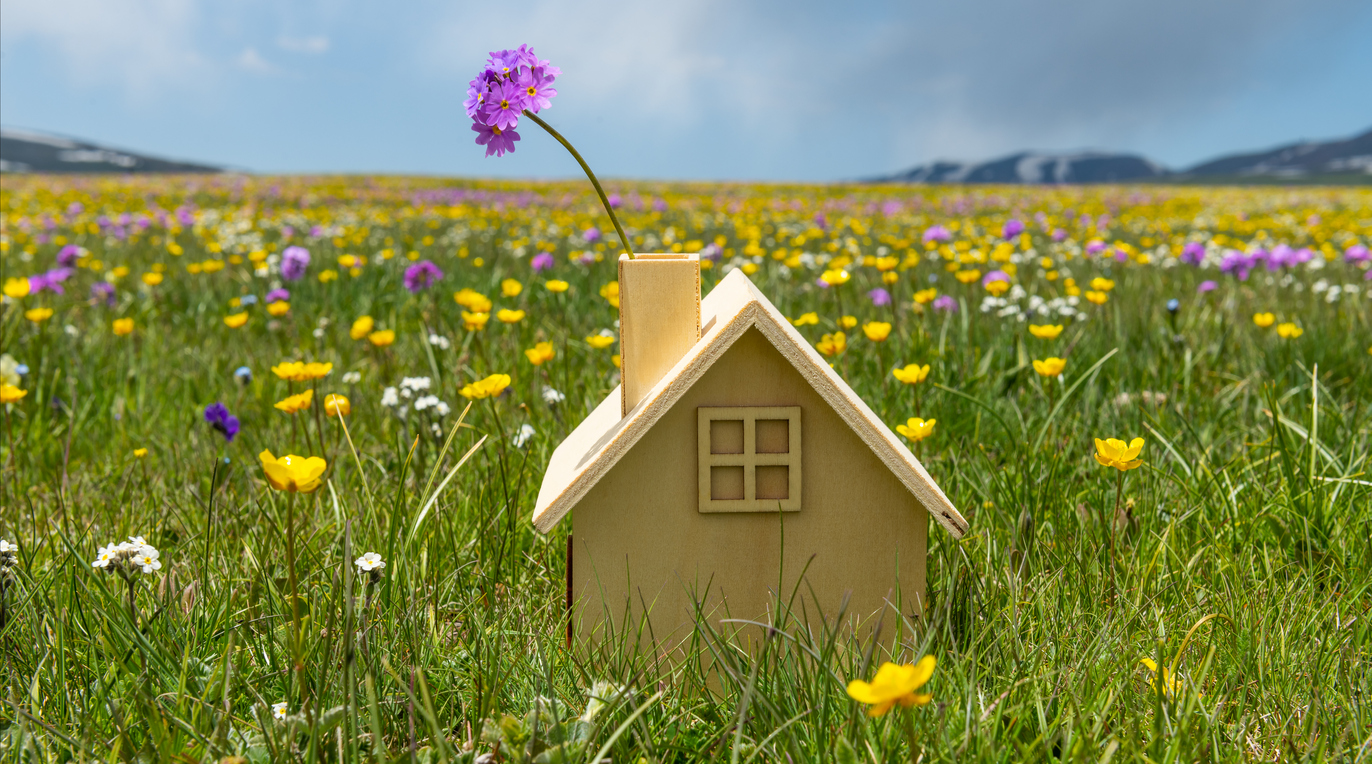We all know that sustainable living is good for the planet’s well being. What we’re not so aware of is how it can also be good for our own, personal wellbeing. Anyone who wants to be healthy, happy, and operate under a clear conscience could do a lot worse than to look into the benefits of sustainability for humans.
Dubious? Well, we don’t blame you. Many of us associate sustainability with self-sacrifice, ‘going without’, and generally giving up the ‘easy life’ for the greater benefit of the planet. We’ve all grown up in a society which teaches that pleasant things are bad for us and that what’s good for us is both arduous and virtuous. However, in the case of sustainability, the evidence doesn’t quite back up the popular image. Sustainability, it transpires really can be good not only for the planet, but for your personal mind, body, and soul as well. There are varied and diverse reasons for this, but one of the biggest is the environmental factor…


